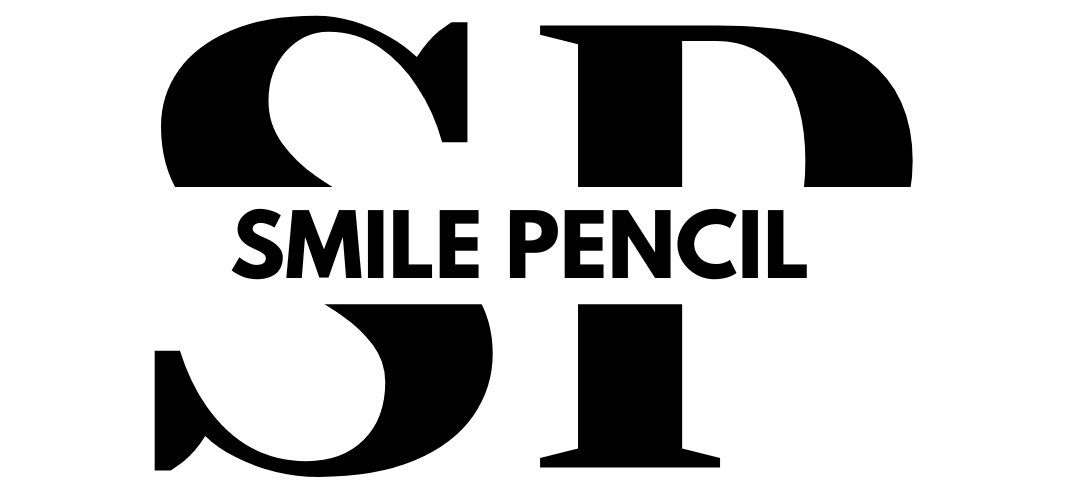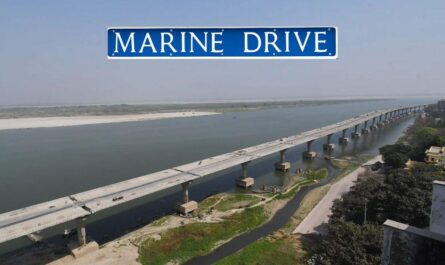Introduction:
India’s garment export industry stands as a beacon of economic growth and opportunity, contributing significantly to employment and foreign exchange earnings. However, amidst its remarkable success, the industry grapples with persistent quality control challenges that threaten its reputation in the global market. This article examines the multifaceted nature of these challenges and explores potential strategies to address them effectively.
The Complex Landscape of Quality Control Challenges:
Diverse Standards and Regulations:
India’s garment export industry operates within a complex web of international standards and regulations. Variations in quality expectations across different export destinations pose a significant challenge for manufacturers. Adhering to diverse standards while ensuring cost-effectiveness and efficiency presents a formidable task.
Supply Chain Fragmentation:
The garment export supply chain in India is characterized by fragmentation, with numerous small-scale manufacturers and suppliers operating independently. This fragmentation often leads to inconsistencies in quality standards, as each link in the chain may have different capabilities and practices. Coordinating quality control efforts across this fragmented landscape becomes inherently challenging.
Technological Limitations:
Despite advancements, many garment manufacturing units in India still rely on traditional methods and outdated technology. Limited access to modern machinery and automated quality control systems hinders the industry’s ability to meet stringent quality standards consistently. Moreover, the upfront costs associated with technological upgrades pose financial barriers for smaller manufacturers.
Skills Gap:
The shortage of skilled labor in critical areas such as pattern making, stitching, and quality inspection exacerbates quality control challenges. While India boasts a vast pool of garment workers, the lack of specialized skills and training programs leaves manufacturers vulnerable to errors and inconsistencies in product quality. Bridging this skills gap requires targeted interventions and investment in workforce development initiatives.
Cost Pressures and Competitive Dynamics:
In an increasingly competitive global market, cost pressures often compel manufacturers to prioritize efficiency and cost-cutting measures over quality. Tight profit margins and aggressive pricing strategies can incentivize shortcuts in production processes and compromise on quality control standards. Balancing cost considerations with quality imperatives remains a delicate tightrope walk for industry players.
Strategies for Enhancing Quality Control:
Standardization and Compliance:
Emphasizing adherence to international quality standards and regulatory frameworks is paramount. Establishing uniform quality benchmarks and compliance protocols can streamline operations and foster consistency across the supply chain.
Technology Adoption:
Investment in advanced manufacturing technologies and automation solutions can enhance efficiency and precision in quality control processes. From automated cutting and stitching systems to digital inspection tools, leveraging technology holds the key to improving product quality and competitiveness.
Skill Development and Training:
Prioritizing skill development programs and vocational training initiatives can empower the workforce with the requisite knowledge and expertise. Collaborative efforts between industry stakeholders, educational institutions, and government agencies can nurture a skilled talent pool capable of meeting the industry’s evolving demands.
Supplier Collaboration and Integration:
Strengthening partnerships with suppliers and fostering closer integration within the supply chain can bolster quality control efforts. Implementing robust supplier qualification criteria, conducting regular audits, and facilitating knowledge-sharing initiatives can mitigate risks and ensure consistency in product quality.
Continuous Improvement and Innovation:
Cultivating a culture of continuous improvement and innovation is essential for staying ahead in the competitive landscape. Encouraging feedback loops, investing in research and development, and embracing new quality assurance methodologies can drive incremental enhancements and foster a culture of excellence within the industry.
Conclusion:
The quality control challenges confronting India’s garment export industry are complex and multifaceted, rooted in a combination of regulatory, technological, and operational factors. However, with concerted efforts and strategic interventions, these challenges can be surmounted. By prioritizing standardization, technology adoption, skills development, supplier collaboration, and a relentless pursuit of excellence, the industry can elevate its quality standards and reinforce its position as a global leader in garment exports.




